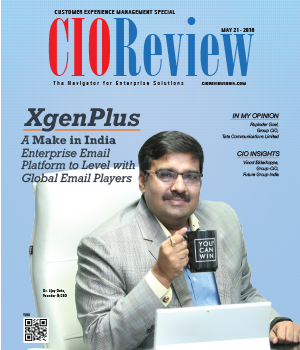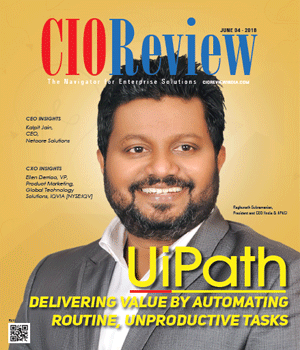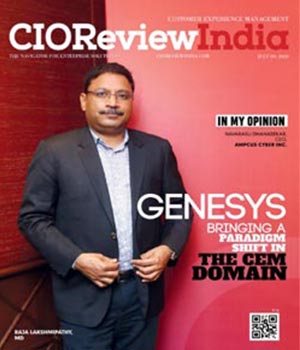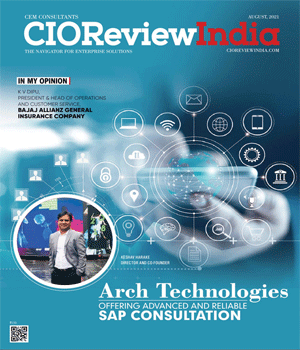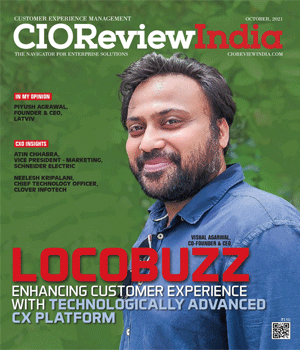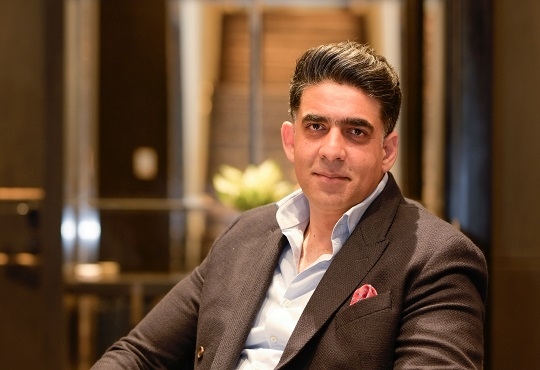
Pronto Pursuit of Maximizing Customer Experience - Balancing the 'Triple Bottom Line'
Tina Arora, Director and Head - Customer Value Management, IDFC Bank | Monday, 24 April 2017, 04:54 IST
 In early 2015, the Reserve Bank of India (RBI) made it mandatory for all banks to offer only EMV (Europay – MasterCard-Visa) and PIN based debit and credit cards for their customers. EMV is a global standard for authenticating transactions using an integrated chip.
In early 2015, the Reserve Bank of India (RBI) made it mandatory for all banks to offer only EMV (Europay – MasterCard-Visa) and PIN based debit and credit cards for their customers. EMV is a global standard for authenticating transactions using an integrated chip.
Until this time, EMV technology was thought of as an esoteric and expensive decision whose implementation could be postponed indefinitely. An EMV card contains information in an encrypted format and commands a pin-based authentication when a transaction is processed. This card is a better version of its predecessor – the magnetic strip card where the risk of skimming and cloning was higher. Without the mandate by the RBI, even though the banks knew EMV was more secure for customers, the implementation could have been much slower. With the mandate, the banks scrambled to make it work and the roll out was completed in record time.
But Wait! – Dig a little deeper and an unconsidered issue raises its head.
Statistics on the RBI site indicate that there were 615.35 million debit cards and 22.88 million credit cards in circulation until October 2015. The scale of change was truly gigantic. The question that collectively needed more attention was clearly snubbed off–‘How do the old cards in circulation get collected from the customers and how are they responsibly disposed of?’ After all, this was plastic, a lot of plastic!
An aquatic study indicates every square mile of ocean has 46000 pieces of plastic floating in it making it a precarious ground for survival of marine life. Plastic is so resilient that even burying it deep within the earth doesn’t keep it from impacting the environment. Currently it accounts for 10 percent of generated waste, most of which is land filled. But this is like storing a problem for future. In addition to this, eight percent of the world oil production goes into manufacturing plastic. So was it as modest as stating – “Cut the old card in two halves and trash it.”
You have cool looking apps that order a car in a matter of seconds and off you go to your desired destination hassle-free. There is a clear mismatch in economics of demand and supply here. Car manufacturers are creating more machines of mobility than ever. Demand for own vehicles laced with proficient technology stunts have only further added to the environmental woes. An official report published in 2011 indicates that there are 1.2 billion vehicles on world’s roads and this number will touch 2 billion by 2035. It is no longer a hidden fact on how the automotive production itself leaves a giant footprint.
In this mad dash for technology solutions for improved customer experience, one must balance the 3Ps – People, Planet & Profits or otherwise called the Triple Bottom Line (3BL).
Suggested ways below could be a catalyst in contributing in this direction:
1. Create a 3P Sensitive Leadership Team
When someone raised the question to the MD of an international bank on how they would take care of the environmental hazards accompanying the old credit card disposal, there was a laconic response pointing towards Corporate Social Responsibility (CSR) as something that the company was already doing. Unless the leadership team of an organization believes in balancing the triple bottom line, everything else would seem like enjoying a Disneyland ride very well knowing it will end someday. Board of Directors of companies must personally hold the bag here. Commitment towards the financial, social and environmental risks must run in the DNA of an organization. It must be understood that balancing 3BL goes much beyond the 2 percent CSR bill.
2. Partner with Regulators and Customers to make Sustainable Decisions
Regulators and customers over the years have grown more sensitive and demanding in ensuring the social and environmental safety. The scare of ‘one-degree’ rise in temperature has surely set the human race to come down to brass tacks. Business companies alone shouldn’t be held accountable for delivery on 3Ps. Regulators and customers must equally be involved in identifying the environmental and social hazards associated with consumer demand and it should be obligatory to involve them in any decisions harming the environment. Cultivating a 3P mindset necessitates all three to work harmoniously.
3. Adopt 3BL Scorecards
Well before John Elkington first coined the term ‘Triple Bottom Line’ in his 1994 book ‘Cannibals with Forks’, environmentalists were struggling to find a way in which companies could measure their 3BL contribution and make everyone in the organizations across more accountable. Many companies, especially in the west are defining their own 3BL scorecards including metrics like Greenhouse gas emissions, use of post-consumer and industrial recycled material. Equally well, the response from countries in Asia and South East Asia is encouraging, however the dilemma is to find the top 20 percent of companies in terms of their market size on the radar to adopt and sincerely implement a 3BL scorecard.
Thus, by means of this article we encourage acceptance of contemplative consequences that have wider impact on our society in our quest for pronto implementation of new age technologies.
Better service experience through enhanced technology cannot ignore 3P considerations.
CIO Viewpoint
How The Sale of Counterfeit Products Can be...
By Khalid Wani, Senior Director, Sales, India- Western Digital
How Customer Experience Is Driving Supply Chain...
By Joseph Lim, Sales Director, APAC, BluJay Solutions
Connect to Customers - Customer Relationship...
By Satrajit Bhattacharya, IT Head, Future Group India
CXO Insights
How Omni-channel Customer Engagement Drives...
By Ankit Tandon, Chief Operating Officer, OYO Townhouse
By In conversation with CIOReview, Krishna Somayaji, MD, Somayaji Group talks about the group of companies
Which Segment of Analytics Space Can Drive the...


